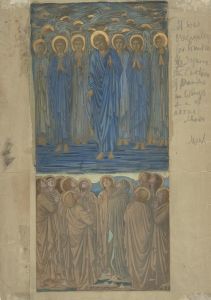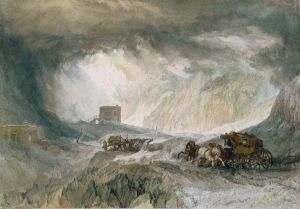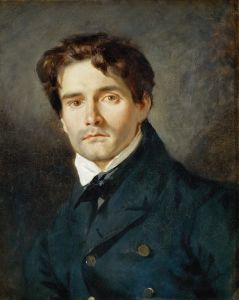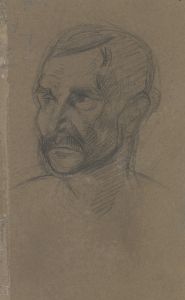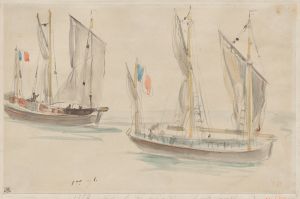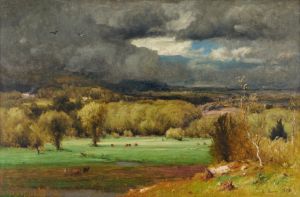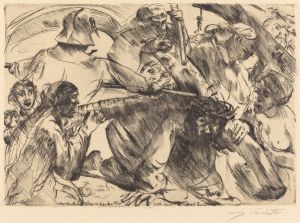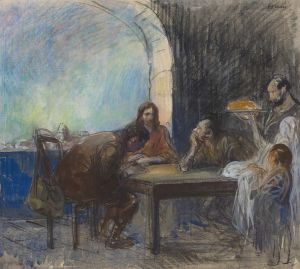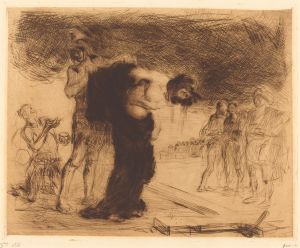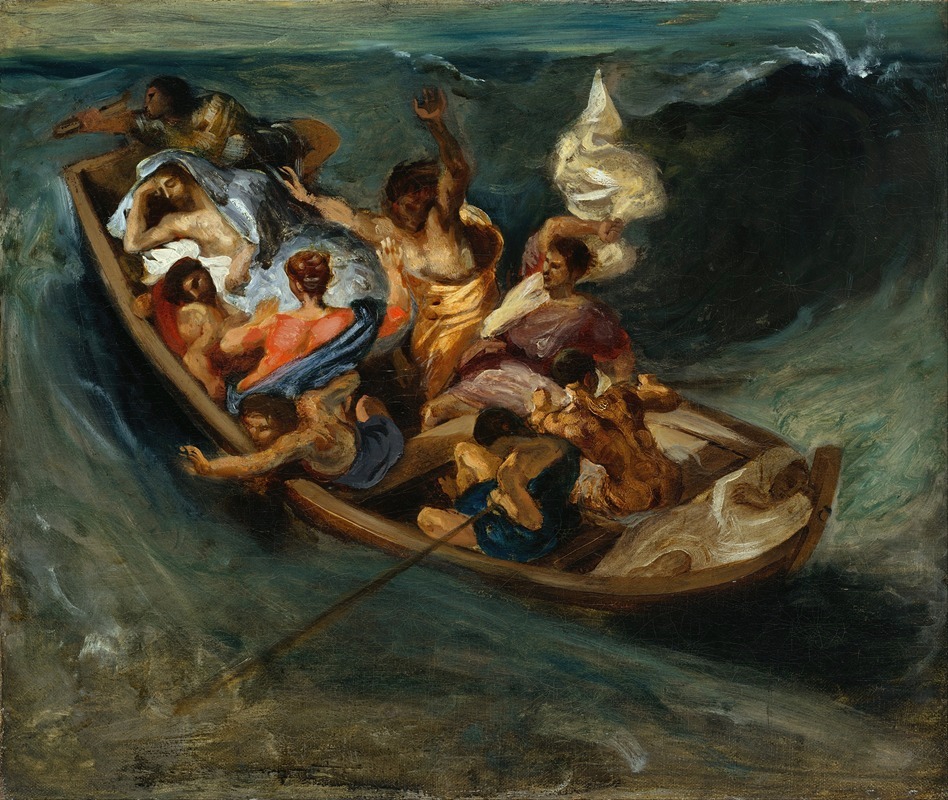
Christ On The Sea Of Galilee
A hand-painted replica of Eugène Delacroix’s masterpiece Christ On The Sea Of Galilee, meticulously crafted by professional artists to capture the true essence of the original. Each piece is created with museum-quality canvas and rare mineral pigments, carefully painted by experienced artists with delicate brushstrokes and rich, layered colors to perfectly recreate the texture of the original artwork. Unlike machine-printed reproductions, this hand-painted version brings the painting to life, infused with the artist’s emotions and skill in every stroke. Whether for personal collection or home decoration, it instantly elevates the artistic atmosphere of any space.
Eugène Delacroix, a prominent French Romantic artist, is renowned for his vibrant use of color and expressive brushwork. Among his many works, "Christ on the Sea of Galilee" stands as a testament to his artistic prowess and his ability to convey dramatic narratives through painting. This artwork, created in 1854, is a vivid representation of a biblical scene that captures the tumultuous moment when Jesus calms the storm on the Sea of Galilee, as described in the New Testament.
Delacroix's "Christ on the Sea of Galilee" is notable for its dynamic composition and emotional intensity. The painting depicts a small boat caught in a violent storm, with towering waves and dark, swirling clouds dominating the scene. In the midst of this chaos, Christ stands calmly, his hand raised in a gesture of command, symbolizing his divine power over nature. The disciples, in contrast, are shown in various states of fear and desperation, clinging to the boat and each other, their expressions and postures conveying a sense of panic and helplessness.
The use of color in this painting is particularly striking. Delacroix employs a rich palette to enhance the drama of the scene. The dark blues and grays of the stormy sky and sea contrast sharply with the warm tones of Christ's robes, drawing the viewer's eye to the central figure. This use of contrasting colors not only highlights the focal point of the composition but also serves to underscore the theme of divine intervention amidst human turmoil.
Delacroix's technique in "Christ on the Sea of Galilee" reflects his mastery of Romanticism, characterized by an emphasis on emotion and movement. His brushwork is loose and expressive, capturing the energy of the storm and the tension of the moment. This approach allows the viewer to almost feel the wind and hear the crashing waves, immersing them in the scene.
The painting also reflects Delacroix's interest in exploring themes of human struggle and redemption. By choosing to depict this particular biblical story, Delacroix emphasizes the power of faith and the possibility of salvation even in the direst circumstances. This aligns with the broader Romantic fascination with the sublime and the exploration of the human condition.
"Christ on the Sea of Galilee" is housed in the Church of Saint-Denys-du-Saint-Sacrement in Paris, where it continues to be admired for its artistic and spiritual significance. The painting is a prime example of Delacroix's ability to blend narrative content with expressive form, creating a work that resonates with viewers on both an emotional and intellectual level.
In summary, Eugène Delacroix's "Christ on the Sea of Galilee" is a masterful depiction of a biblical miracle, showcasing the artist's skill in conveying drama and emotion through color and composition. The painting remains a significant work within Delacroix's oeuvre and a notable example of Romantic art.





